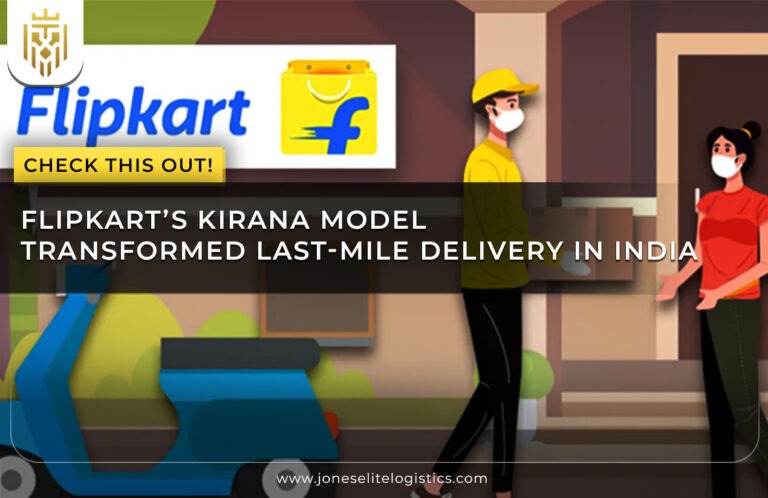Understanding Last Mile Delivery
Last mile delivery is the final and crucial stage of the supply chain, transporting goods from distribution centres to customers’ doorsteps. It directly affects customer satisfaction and retention, requiring strategic planning and streamlined processes to overcome challenges effectively.
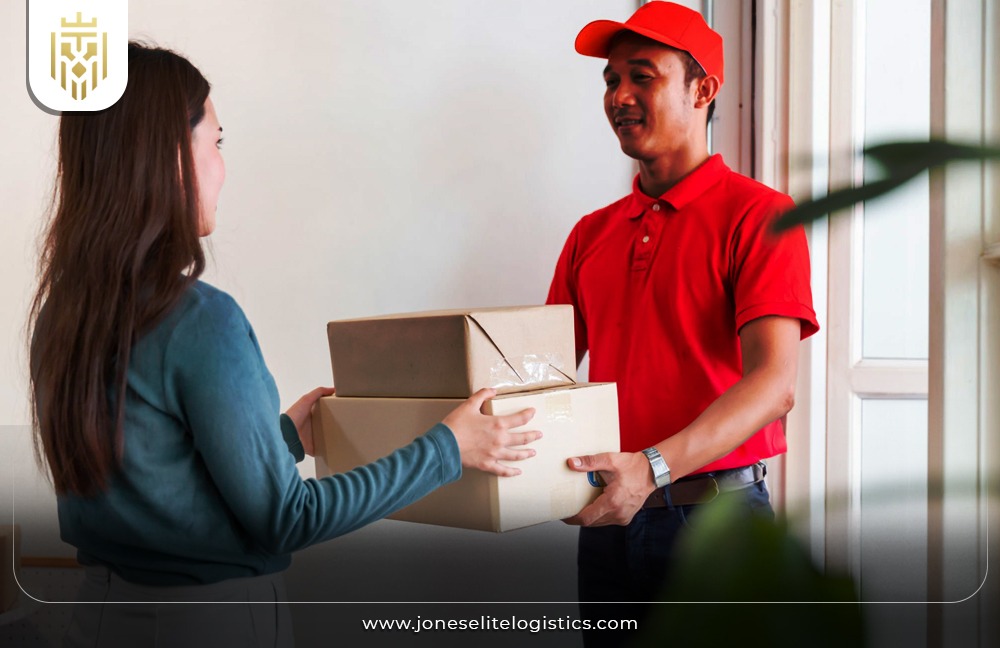
How does Last Mile Delivery work?
Last mile logistics leverages innovative technologies to streamline delivery processes. Delivery drones and autonomous vehicles enhance speed and efficiency, bypassing traditional traffic challenges. Goods are transported from warehouses or distribution centres, arriving at consumers’ homes, businesses, or parcel lockers, ensuring a swift and enhanced delivery experience overall. This technology reduces mile delivery costs and addresses common mile problems.
Key Steps in Last Mile Delivery Process:
The last mile delivery process involves several key steps, including order placement, route optimization, transportation, delivery services, and customer engagement. Each step is crucial for ensuring timely, efficient, and satisfactory delivery to customers’ locations.
Step 1: Placing and Processing Orders:
The delivery process begins with customers placing orders, which triggers essential backend operations. The supplier’s system verifies product availability, manages inventory counts, and processes special instructions. This meticulous processing ensures items are promptly prepared for shipment. Inventory management systems are crucial, tracking stock levels and optimizing order processing. From verification to packaging, this foundational step lays the groundwork for a seamless delivery experience that customers anticipate.
Step 2: Optimizing Routes:
Route optimization streamlines the delivery process for maximum efficiency. After processing orders, logistics experts analyse factors such as delivery locations, traffic patterns, and time constraints. Advanced algorithms map the most efficient routes, minimizing travel time and fuel consumption. This careful planning reduces operational costs and environmental impact while ensuring precise delivery times. Ultimately, optimized routes allow delivery teams to navigate efficiently, enhancing productivity and improving the overall customer experience, effectively addressing mile delivery challenges.
Step 3: Transportation:
Transportation marks a crucial phase in last mile delivery, involving the physical movement of goods from fulfilment centres to final destinations. After processing and packaging, orders are loaded onto vehicles, tailored to meet specific needs, whether trucks, vans, or third-party logistics. This phase requires meticulous planning to secure items and prevent damage during transit. Effective transportation logistics ensure timely, reliable deliveries, impacting shipping costs and maintaining service standards, whether in urban or rural areas. Addressing the mile problem in transportation is essential for success.
Step 4: Delivery Services:
The delivery moment is critical in meeting customer expectations and hitting delivery windows. With optimized routes and securely loaded packages, the delivery team embarks on the final leg of the journey. They use GPS tracking and real-time updates to ensure accuracy. Precision is essential in locating delivery addresses and completing handovers. From drops to signature confirmations, every effort is made to uphold service standards, ensuring customer satisfaction throughout the delivery process.
Step 5: Customer Engagement:
Customer communication serves as a vital link between the delivery process and satisfaction. Throughout the journey, proactive communication keeps customers informed at every stage. From order confirmation to delivery notifications, regular updates on order status, estimated arrival times, and potential delays are provided. This transparency allows real-time order tracking and schedule adjustments. Furthermore, responsive customer support addresses inquiries promptly, enhancing trust and satisfaction for a positive delivery experience that exceeds expectations.
Importance of Last Mile Delivery:
Last Mile Delivery plays a pivotal role in ensuring customer satisfaction, as it directly affects a business’s success rate and its brand reputation. Efficient mile logistics can significantly enhance the overall delivery process, ultimately leading to increased customer retention and repeat business. If well-executed, it also improves operational efficiency and remains cost-effective in logistics operations.
Crucial Role in Customer Satisfaction:
Customer satisfaction is an important factor every company wishes to deliver, and last mile delivery is a key component in shaping that experience. Timely and accurate deliveries enhance customer trust and loyalty. In a world where consumers expect fast and reliable home delivery, businesses that excel in the final mile gain a competitive edge. Conversely, delays and failed deliveries can lead to dissatisfaction and loss of business. Addressing common mile delivery challenges is essential for fostering loyalty and encouraging repeat business.
Impact on Business Success and Brand Reputation:
Efficient and reliable final mile deliveries bolster brand image, with customers raving about their services on online platforms. Companies must focus on reducing mile delivery cost and other factors to maintain competitiveness. This, in turn, increases the rate of repeat purchases and attracts potential customers, enhancing both business success and brand reputation.
Efficiency and Cost-Effectiveness in Logistics Operations:
The importance of efficiency and cost-effectiveness is on the top, and companies are developing methodologies such as optimizing delivery routes and utilizing technology for tracking and scheduling deliveries, which streamlines middle mile logistics, last mile logistics, and supply chain operations, and reduces costs. This improves efficiency and bolsters profitability while maintaining service quality and market competitiveness.
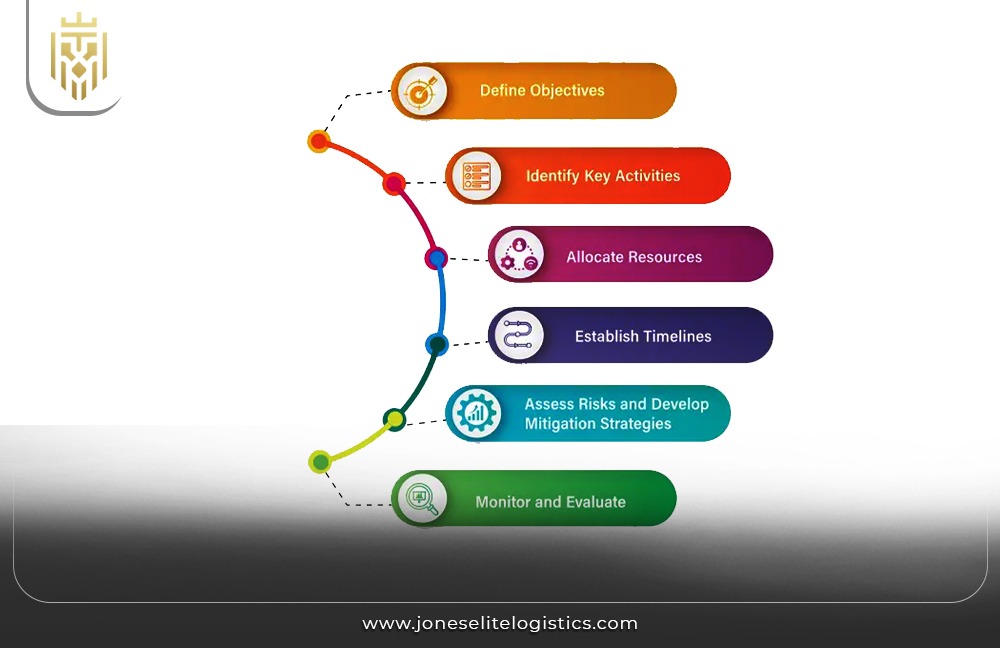
Challenges in Last Mile Delivery:
The logistics industry arrives with a set of challenges, and final mile delivery, as a part of it, imbibes these difficulties with an additional challenge or two. We shall be going through some of them to understand and implement intriguing solutions to final mile problems.
Urban Congestion and Traffic Issues:
Urban congestion and traffic issues plague a lot, especially if the journey is to be made in the middle of a bustling metropolis.Traffic jams greatly disrupt delivery schedules and increase operational costs in last mile logistics. Technology has enabled those involved to implement strategies such as crowdsourced delivery, route optimization, and time-sensitive delivery options, allowing companies to adapt quickly to changing conditions and ensure timely deliveries despite urban congestion.
Addressing Delivery Delays and Missed Time Windows:
Delivery delays and missed time windows spell ‘D O O M”, and preventing them from popping up from time to time is harder than one thinks. GPS tracking and real-time route optimization are just some of the technological measures widely implemented. Alternative strategies such as evening or weekend deliveries accommodate customer schedules, and proactive communication with the customer regarding delivery status and delays manages their expectations.
Security and Theft:
Security and theft pose significant challenges in last mile logistics, often leading to lost goods and financial losses for businesses. To combat these issues, companies are implementing advanced tracking technologies, including GPS and RFID systems, to monitor shipments in real time. Additionally, secure delivery methods, such as requiring signatures or using secure parcel lockers, help mitigate theft risks and enhance customer trust. Reverse logistics can also aid in retrieving lost or misdelivered packages, safeguarding business interests.
Scaling Delivery Operations:
Scaling delivery operations can be challenging due to the logistical complexities that come with large numbers of customers. Companies often struggle to manage larger volumes while maintaining service quality. Solutions such as investing in route optimization and employing flexible workforce models, like gig delivery services, allow businesses to adapt quickly. Furthermore, leveraging data analytics helps optimize resource allocation, ensuring efficient scaling without compromising customer satisfaction. Collaborating with logistics companies and third-party providers also adds to delivery flexibility. Any tangible in-house solutions that helps scaling delivery operations, involves large capital investments that take a long time to recover and have high operating costs associated with them.
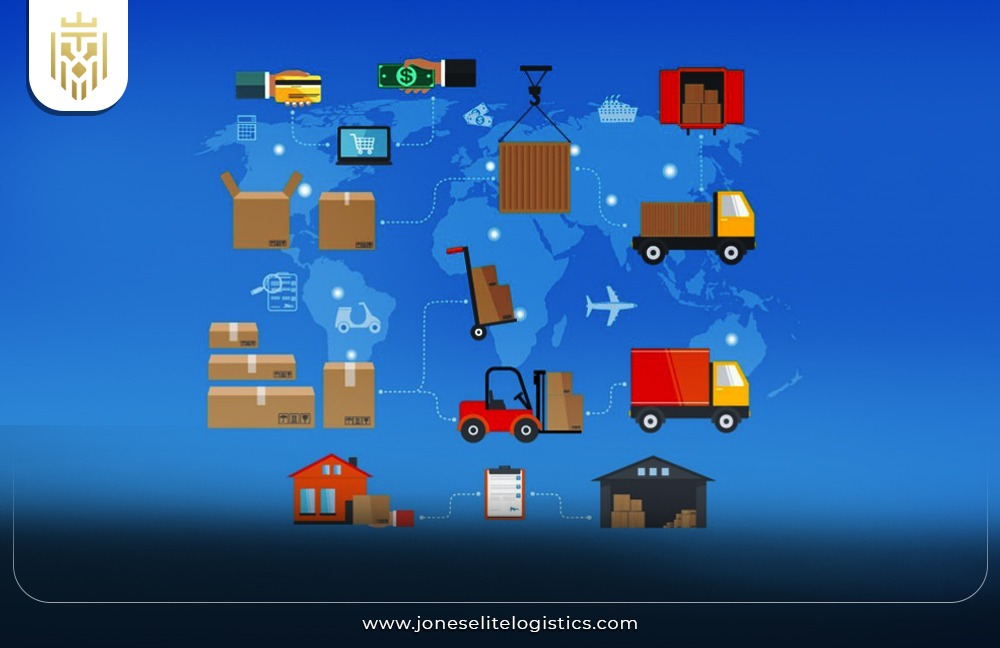
Strategies for Optimising Last Mile Delivery:
Optimizing last mile delivery boosts a company’s profile as a reliable software goods delivery service, making customers come back for more. Some of these ideas can potentially be a game-changer for a business to expand its services:
Utilising Technology Solutions for Route Optimization:
Route optimization software enables companies to plan efficient mile delivery routes that minimize travel time and fuel consumption. By analysing various data points, these systems help in identifying the quickest paths to the final destination. Additionally, GPS tracking systems provide real-time visibility, allowing for last-minute adjustments to routes based on traffic conditions. This dynamic approach improves delivery efficiency and enhances customer experience by ensuring timely arrivals. Ultimately, this strategic planning leads to one goal: customer satisfaction with on-time and safe delivery while significantly reducing overall mile delivery costs and maximizing the effectiveness of last mile logistics.
Leveraging Data Analytics for Demand Forecasting and Planning:
Thorough knowledge of the industry is increased with data analytics tools that display historic sales data, market trends, and customer behaviour to forecast the accurate demand rate. Companies leverage this information to refine their inventory management, allocate resources efficiently, and plan delivery schedules proactively. Aligning supply with demand enables businesses to reduce excess stock and improve overall operational efficiency.
Collaboration with Third-Party Logistics Providers and Local Partners:
Partnering with third-party logistics (3PLs) providers and local partners extends a company’s delivery network reach and enhances operational flexibility. 3PLs have good regional knowledge and resources that enable companies to navigate local regulations, address last-mile challenges, and provide faster and more reliable deliveries to customers.
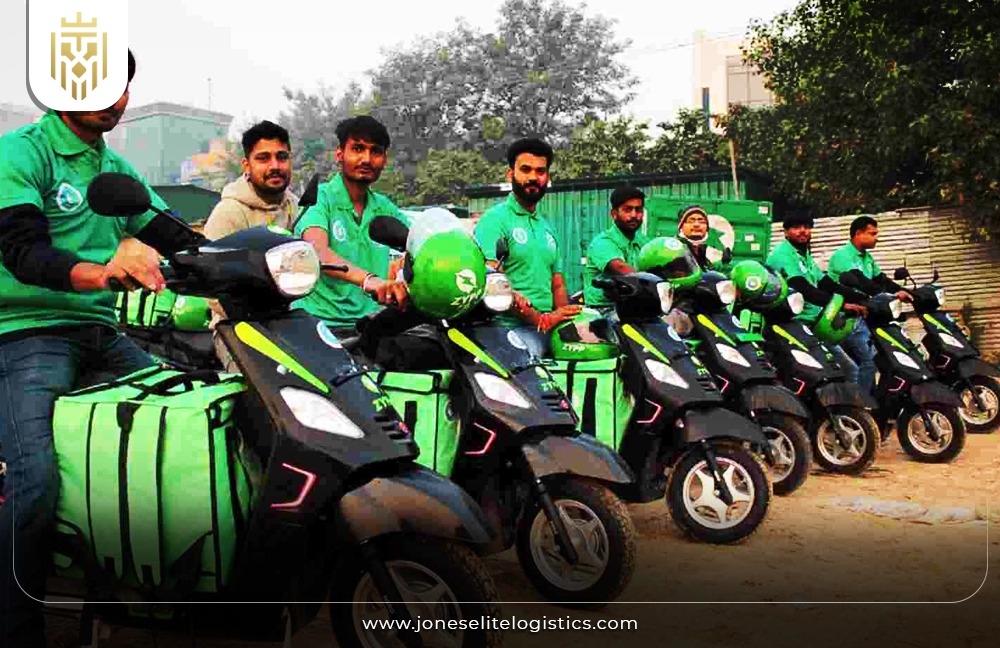
Sustainable Solutions in Last Mile Delivery:
The importance of preserving the environment is only rising, with pollution greatly impacting the very core aspects of nature. The mile logistics industry is implementing various solutions to effectively reduce its carbon footprint while enhancing operational efficiency:
Exploring Eco-Friendly Delivery Options
Electric vehicles, bicycles, and even walking couriers are some of the mile solutions devised to reduce the carbon footprint in the world of final mile logistics. These alternative delivery methods not only lower emissions but also foster a more sustainable urban environment. In addition, the use of reusable packaging materials contributes significantly to eco-friendly delivery methods, minimizing waste and encouraging responsible consumer practices.
Reducing Carbon Footprint and Environmental Impact:
Electric vehicles and renewable energy adoption greatly reduces carbon emissions and aid in improving sustainability in final mile logistics. Many companies are working towards investing in these innovations, incorporating solar panels and wind energy into their operations. This shift not only helps in meeting standards but appeals to environmentally conscious consumers, further boosting brand reputation and loyalty in the competitive mile delivery market.
FAQs
1)What is meant by last-mile delivery?
Last-mile delivery is the last yet decisive stage in a supply chain, as goods are transported from a distribution centre to the end customer’s doorstep.
2)What is the last mile delivery payment?
It is the financial transaction of money from the customer to the delivery service provider post-completion of the delivery process from the distribution centre to the customer’s location.
3)What is the difference between carrier delivery and last-mile delivery?
Carrier delivery covers the entire transportation process with long-distance shipping whereas last mile delivery mainly focuses on the final stage, i.e. from a distribution centre to the end consumer’s doorstep.
4)How does last mile delivery work?
Last mile delivery involves transporting goods from warehouses to customers’ homes, businesses, or parcel lockers. Advanced technologies like drones, autonomous vehicles, and micro-fulfillment centres enhance efficiency, speed, and overall delivery experience.



